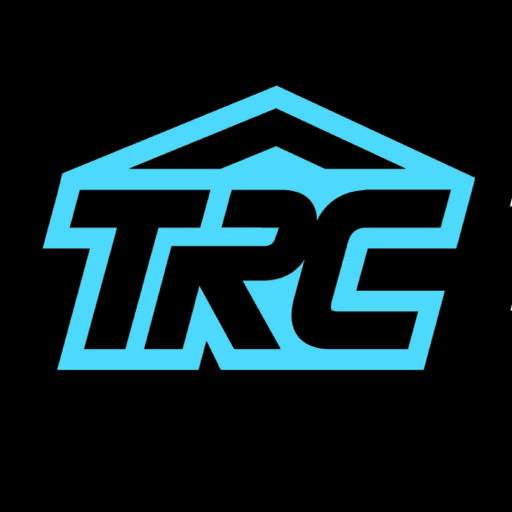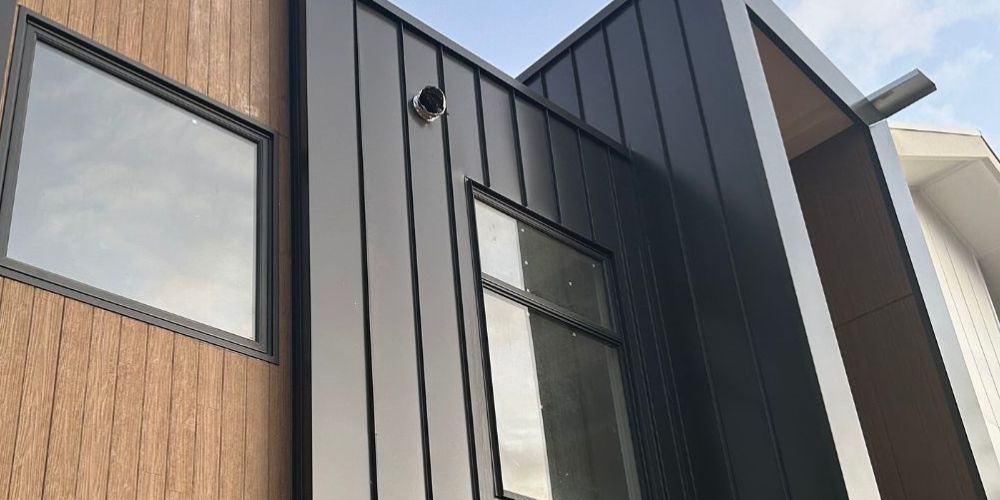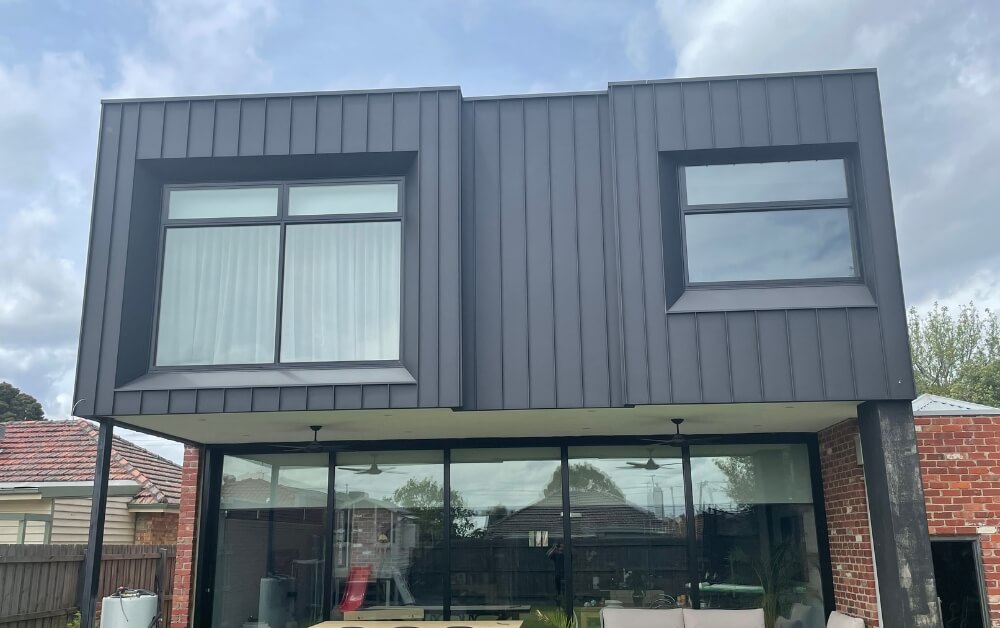Colorbond Cladding Over Weatherboards: Can It Be Done?
Picture your home with its classic wooden weatherboards. They’ve seen better days, and you’re considering replacing them with Colorbond cladding.
But here’s the main question: do you have to remove the existing weatherboards before installing the Colorbond ones? Or can you add the Colorbond on top?
If you’re wondering whether Colorbond cladding can be installed over weatherboards, you’ve come to the right place. Though we are one of the expert cladding installers in Melbourne, we did wonder, too, one time when we had to work on a similar project for one of our clients.
Read on as we share the clarity you need to choose the best solution for your home.
Let’s get started!

Lance Mathews
In This Article
Colorbond Cladding vs Weatherboard - How Do They Differ?
Cladding, especially in Australia, is one of the most commonly used pieces of the housing puzzle. I mean, we Aussies take our homes seriously. Not only do we need a roof over our heads, but we also need that cozy, homey feeling when we enter after a hard day.
Now, there are many factors to consider when it comes to cladding.
Weatherboards and Colorbond are more than simply building materials; they play important roles in the story of your house.
Colorbond Cladding
Think of a material that gives your house a modern aesthetic and acts as a fortress against the elements. That’s Colorbond cladding. Colorbond, made of steel and coated with zinc and aluminium, is the height of modernism. Its sleek, metallic finish comes in various brilliant hues, quickly converting your house into art.
Colorbond’s durability is one of its strongest characteristics. It’s built to withstand everything Mother Nature throws—relentless sun, heavy rain, and strong winds are no match. What’s the best part? There is very little upkeep! A quick wash now and again keeps it looking like new, saving you the trouble of regular touch-ups.
Weatherboards
On the other end of the spectrum, we have the timeless weatherboards. Weatherboards, traditionally made of wood, provide a cozy, nostalgic feel. Their aged look has an intrinsic appeal that bears witness to years of tales and recollections.
Weatherboards have a distinctive, rural charm. They can make any home into a warm, inviting retreat. The problem? They need a little more consideration. Regular painting and sporadic repairs are standard. But for many, the work is worthwhile since it gives the house character and a dash of history.

Can Colorbond Cladding be Installed Over Weatherboards?
The big question is – can Colorbond cladding be installed over weatherboards? Yes, it can!
But, and there’s always a but, it has to be done correctly. It takes careful planning and execution to install Colorbond cladding over weatherboards. It’s more complex than covering the current weatherboards with cladding and calling it good.
First and foremost, your current weatherboard’s state is very important. They must be structurally sound and unharmed by decay. Any problems with the weatherboards might jeopardize the integrity of the cladding.
The second step in the installation procedure is to prepare the surface adequately. Frequently, this involves ensuring the weatherboards are even and clean while correcting any current issues. The Colorbond cladding may then be professionally put over them after that is complete.
Pros and Cons
It may only sometimes happen, but we sometimes sort into installing Colorbond cladding over old weatherboards. But usually, this is upon our client’s strict request. Cladding companies like us, will always sort the best roofing solution for every customer we encounter.
However, there are always pros and cons that we need to consider.
Pros
Cost-Effective Option
Cost reduction is one of the major benefits of putting Colorbond cladding over weathered weatherboards. Old weatherboard removal can be time-consuming and expensive. Directly covering them with Colorbond reduces labour and demolition costs.
Time Efficiency
Installing Colorbond cladding over pre-existing weatherboards may be quicker than completely removing and replacing them. It speeds up the remodelling process so you can start living in your improved house sooner.
Eco-Friendly Approach
You are minimizing the quantity of garbage produced throughout the remodelling process by choosing not to remove the damaged weatherboards. Sustainable building techniques are in line with this eco-friendly decision.
Insulation Benefits
Although Colorbond cladding is not a thick insulator, placing another layer over weatherboards can positively affect thermal insulation. It can assist with regulating indoor temperatures and enhancing energy efficiency, particularly when used with suitable insulating materials.
Preserving Structural Integrity
Weatherboards with better days can be covered with Colorbond cladding to protect the underlying structure. It can extend the life outside your home by halting future weatherboards and substructure degradation.
Cons
Surface Imperfections
Weatherboards that are worn out may have flaws or damage, which might interfere with installing Colorbond cladding. These flaws can result in gaps or uneven surfaces, affecting the cladding’s overall appearance and usefulness.
Moisture Trapping
Rot and mould development may result from moisture trapped between the old weatherboards and the new Colorbond cladding. To avoid this issue, proper insulation and moisture barriers are crucial.
Limited Structural Assessment
Directly covering old weatherboards with cladding may make it more difficult to evaluate the underlying structure. Any existing structural faults might go unnoticed and cause trouble in the future.
Reduced Insulation Effectiveness
The old, worn-out weatherboards need a more reliable foundation for efficient insulation. Adding a layer may be beneficial, but it provides more insulation than a system specifically designed and made with the right insulation materials.
Mismatched Appearance
Weatherboards can change in appearance over time, especially if constructed of wood. Installing Colorbond cladding directly over weatherboards with different degrees of wear might provide a mismatched appearance that detracts from your home’s overall aesthetic appeal.
DIY vs. professional installation: Which is the better option?
DIY or not to DIY? Of course, you wanted to ask this:
Let’s chat about the pros and cons of both, shall we?
DIY Installation
So, you’re feeling all handy and adventurous, huh? DIY installation does have its perks.
First, it’s a chance to put your personal touch on your home. There’s a sense of accomplishment in every nail you hammer and every piece you fit together. Plus, let’s remember the potential cost savings. You dodge those hefty professional labour fees, and if you’re careful, you can create a result you’re proud of.
But hold on, there’s a flip side. DIY can quickly turn into a disaster if you lack experience. Mistakes can happen, and they cost you more in the long run to fix. Plus, there’s the time factor. DIY might be your calling if you’re not in a rush and have the patience to learn the ropes.
Professional Installation
Now, let’s talk about the pros of letting the pros handle it. You are, first and foremost, paying for expertise. These people work at it every day for a living. They know all the ins and outs, shortcuts, and the tricks of the trade. Your installation will probably go faster, more smoothly, and, most importantly, correctly the first time.
There is also the guarantee. Most professionals provide guarantees for their work. You are protected if something goes wrong. Additionally, they bring their equipment and supplies, sparing you the trouble of looking around and finding out what belongs where.
But, of course, this expertise comes at a price. Professional installation can be more expensive upfront. It’s an investment in quality, but it might stretch your budget a bit more.
Here’s the deal: DIY may be a rewarding experience if you’re confident in your abilities, have the time to study, and don’t mind a little trial and error. However, hiring a professional installer is the best option if you want a hassle-free, seamless process with a result that is guaranteed.
Keep in mind that the journey is just as important as the destination. Ensure your path fits your abilities, available time, and financial resources.
How Much Does it Cost to Install Colorbond Cladding Over Weatherboards?
Of course! We will remember to mention this because we know you wanted to know.
Several variables, like the amount of the area to be covered, the kind of weatherboards being covered, and the intricacy of the installation procedure, affect the installation cost. For a precise cost estimate, it is advised to request bids from multiple reliable contractors.
Installing Colorbond cladding over weatherboards may often cost between $50 and $100 per square meter. The real cost, however, might be greater or lower based on the installation’s particular conditions since this is only an estimate.
Frequently Asked Questions
If done properly, installing Colorbond cladding over weatherboards should not damage your home’s structural integrity. The underlying structure must be in good shape, and the cladding must be fitted by experts following industry standards. This improves the exterior appeal of your property while maintaining its structural soundness.
Absolutely! Colorbond cladding may be customized to meet different architectural styles thanks to its extensive colour and profile selection. There are Colorbond alternatives available to match and improve the visual appeal of your home, regardless of whether it has a modern, classic, or rustic style.
Colorbond steel may be recycled in its entirety. Recycling the materials will lessen the environmental effect when it’s time to repair or remove the cladding. Recycling Colorbond steel promotes trash reduction and sustainable practices.
Yes, Colorbond cladding often has a guarantee from the manufacturer. The warranty’s duration may change depending on the manufacturer and the particular Colorbond product. To comprehend the scope and terms of the guarantee, it is crucial to read the manufacturer’s warranty information carefully.

